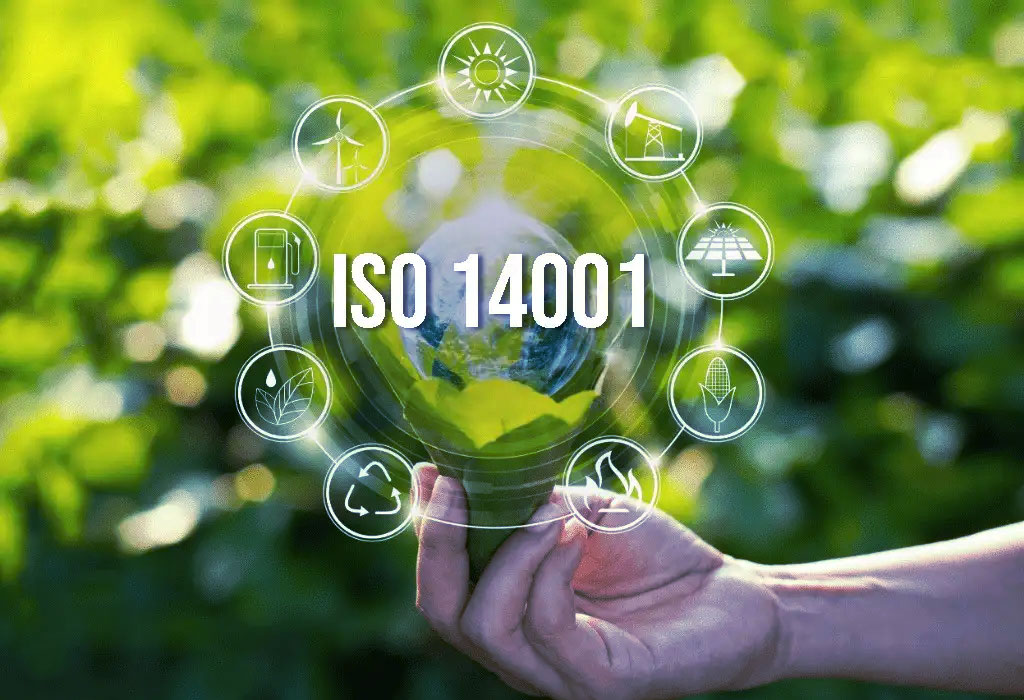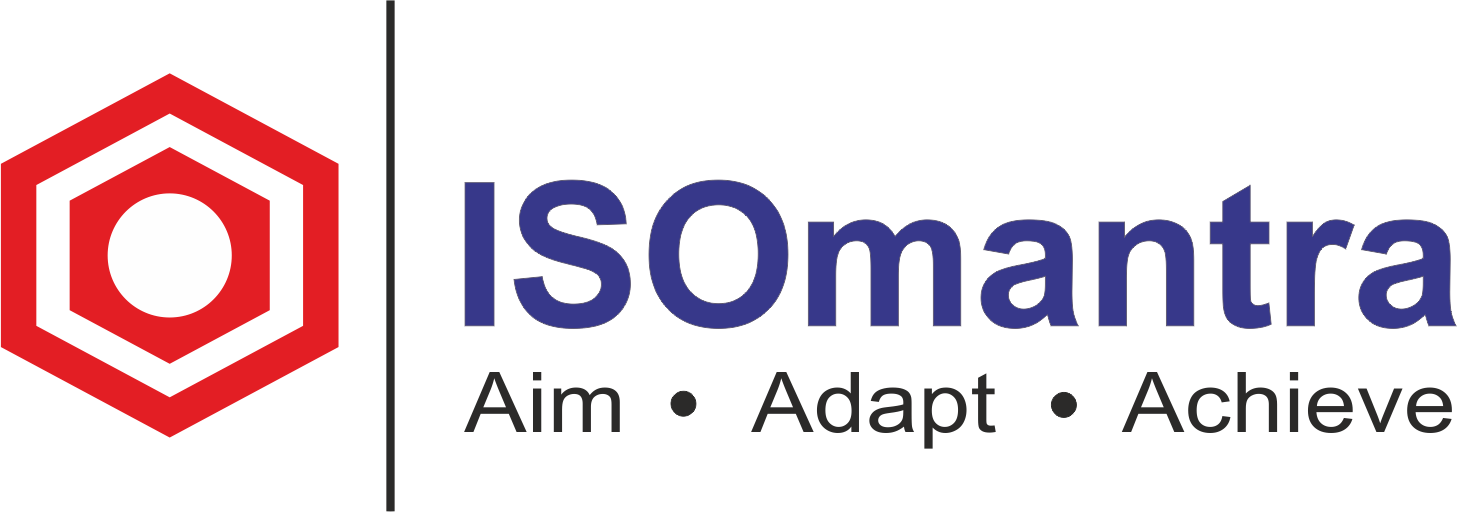The advantages of an ISO 14001 EMS vary from one organisation to the next, as do the negatives. You may not encounter all of the drawbacks listed below, but they are some of the most prevalent concerns and problems encountered during ISO 14001 implementation.

We already meet the criteria of environmental regulations, so why should we go above and beyond? Meeting environmental laws is one thing, and it is a vital component of implementing ISO 14001, but the EMS extends beyond that. There will be processes to install that are not required by the rules, such as understanding how your processes interact with and effect the environment, but these processes are required for working toward improvement. If all you do is satisfy the bare minimum of regulatory regulations, you won’t be able to enhance your EMS and save money. Decreased waste management expenses when garbage is reduced to be disposed of in landfills are two instances of cost reductions, as is striving toward a reduction in energy usage.
Too expensive – We already spend a lot of money on environmental protection; why pay more on an EMS? True, there is a cost to implementing an EMS, and it is not simply monetary. There will also be time, manpower, training, and other resources required to put all of the environmental processes in place. To overcome this type of argument, consider future savings and consider EMS deployment in terms of return on investment. While it is tough to quantify your financial savings, you may ensure that your initial goals for improvement are focused on projects that will save you money. When discussing this, having some examples on hand, such as the waste or electricity reduction outlined above, can be beneficial.
Is employee resistance just another management fad? It is not always necessary to persuade management; workers can feel overwhelmed by the effort of incorporating environmental considerations into their daily work procedures. To assist mitigate this, it is best to clarify why you are doing this from the start. People can better get on board with the labour necessary in EMS implementation if they understand the goals and advantages. Make it clear to all employees what the EMS means to them so that they understand the personal benefits they will gain.
Excessive breadth – Is it really necessary to include everything? It might be difficult to consider your complete business in your EMS, especially if you have multiple plants. While it may take longer in the long run, if your organization’s total scope is too large, consider implementing your EMS in stages. Begin by implementing the essential processes in a subset of your organisation. After you’ve had success with this, apply what you’ve learnt and broaden your scope to other parts of the organisation. You may quickly realise that the total breadth does not appear to be so intimidating.
If you need more information to persuade management of the value of implementing ISO 14001, consider the article: How to Get Management Buy in for an ISO 14001 Project.


